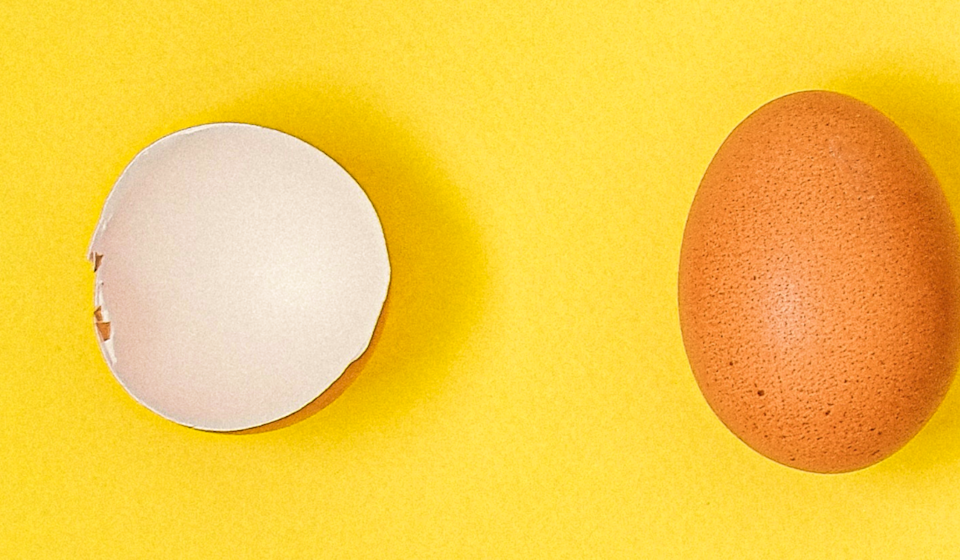Essential Takeaways
• The menstrual cycle is more than just a period. It’s a hormonal sequence that gets the body ready for a potential pregnancy.
• A typical menstrual cycle can last 24-38 days, but this can change from cycle to cycle.
• The 4 stages of the menstrual cycle are the menstrual phase (your period), the follicular phase, the ovulation phase, and the luteal phase.
• Leading hormonal players include estrogen, progesterone, follicle-stimulating hormone, and luteinizing hormone.
Whatever your reproductive goals are, understanding each of the 4 phases of a menstrual cycle can help you time sex or insemination around the “fertile window,” know when the next period might be coming, and get a good sense of what’s happening in the body. And if you’re trying to get pregnant? That information is even more important.
Here’s what you need to know about the menstrual cycle.
The Menstrual Cycle, Explained
The menstrual cycle is a sequence of hormonal changes that prepare the body for a potential pregnancy. The cycle contains more than just a period—but it does begin and end with one.
Leading experts say the length of a menstrual cycle can range from about 24-38 days. However, a very large 2019 study that examined cycle data from 98,903 people who weren’t on hormonal birth control found that the vast majority of participants’ (95%) cycles fell in the range of 18.8 to 40.4 days.
Understanding the 4 Phases of a Menstrual Cycle
The 4 phases of a menstrual cycle are orchestrated by a handful of hormones. Hormones are chemicals produced by the body to send messages through the bloodstream and regulate a range of bodily processes.
The hormones throughout the cycle that are leading the way include estrogen, progesterone, follicle-stimulating hormone, and luteinizing hormone.
Now, onto the details of what happens during each phase in a cycle.
Phase 1: Menstrual Phase
What we’re calling the “menstrual phase” is actually part of the follicular phase. On the first day of the follicular phase, if an egg hasn’t been ovulated, fertilized, and then implanted into the uterine lining in the prior cycle, levels of the hormones estrogen and progesterone are low—and the uterus sheds its lining. The shedded lining leaves the body through vaginal bleeding, aka your period. (1)
Periods typically last up to 7 days.
Phase 2: Follicular Phase
Although the follicular phase begins with a period, it’s also the time when the ovarian follicles, which are sacs of fluid that house and develop eggs, start maturing in preparation for ovulation. The pituitary gland in the brain increases levels of follicle-stimulating hormone (FSH) to grow about 3-30 follicles, which each have eggs inside.
Later on, as FSH production decreases, one follicle—the “dominant” follicle—takes over. The dominant follicle produces estrogen and the remaining 2-29 follicles die off in a process called atresia. Higher levels of estrogen also help the uterus get ready for potential implantation and signal a surge in luteinizing hormone.
When the follicular phase first begins, the lining of the uterus (endometrium in medical-speak) is thick and ready to nourish a growing pregnancy.
The follicular phase, on average, lasts 13 or 14 days—though it can vary in length. Out of all the menstrual cycle phases, this phase varies the most in length. (1)
Phase 3: Ovulation Phase
Ovulation kicks off with the surge of luteinizing hormone (LH), which tells the dominant follicle to release an egg from the ovary. Which ovary releases an egg is random and doesn’t necessarily alternate cycle to cycle.
The ovulation phase typically lasts 16-32 hours. (1)
Phase 4: Luteal Phase
Right after ovulation, it’s the luteal phase’s time to shine. Once the ovary releases the egg, the ruptured follicle forms a tiny structure called a corpus luteum. The structure produces progesterone to prepare the uterus for growing and supporting a potential pregnancy. This includes thickening the lining of the uterus and the mucus produced by the cervix (cervical mucus).
In this phase, estrogen is also high, which helps to thicken the lining of the uterus. Estrogen is also why the breasts/chest are sometimes sore before periods—the hormone dilates the milk ducts.
If an embryo implants in the uterus, the corpus luteum will remain and pump out progesterone to support a growing pregnancy. If an embryo does not implant, the corpus luteum will degenerate after 14 days, estrogen and progesterone will drop, and a new cycle will begin.
The luteal phase lasts for about 14 days—unless an egg is fertilized and implants into the uterus—and ends right before the next period starts. (1)
@ritual Let’s chat about periods… and the four main phases of the menstural cycle 💛 #periods #normaliseperiodtalk #womenshealth #womenshealthcare #hormonalhealth #hormoneimbalance #periodtalk #menstrualcycletiktok #mensturalcycle ♬ Emotional (Instrumental) - BLVKSHP
The Link Between the Menstrual Cycle and Conception
The menstrual cycle stages revolve around conception, even if the person having the cycle is on a totally different page. Every step throughout all 4 phases is in preparation for the possibility of a pregnancy.
If you’re trying to get pregnant, understanding the menstrual cycle—especially when ovulation might come next —is really important. Although the menstrual cycle is set up for conception, getting pregnant is a lot harder than what sex-ed tried to tell us.
Timing sex or insemination around the “fertile window” (typically the 5 days before ovulation and the day of ovulation) helps make sure that sperm are in the reproductive tract when an egg is released. Sperm can live up to 5 days in the tract, but eggs only have about 12 hours to get fertilized.
We all deserve accurate knowledge about what’s going on inside our bodies, whether we’re trying to get pregnant or simply curious. Check out our additional pregnancy resources to learn more.











